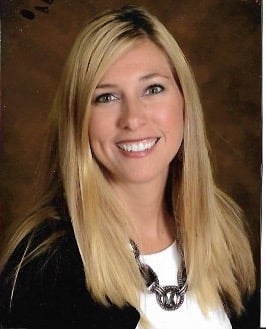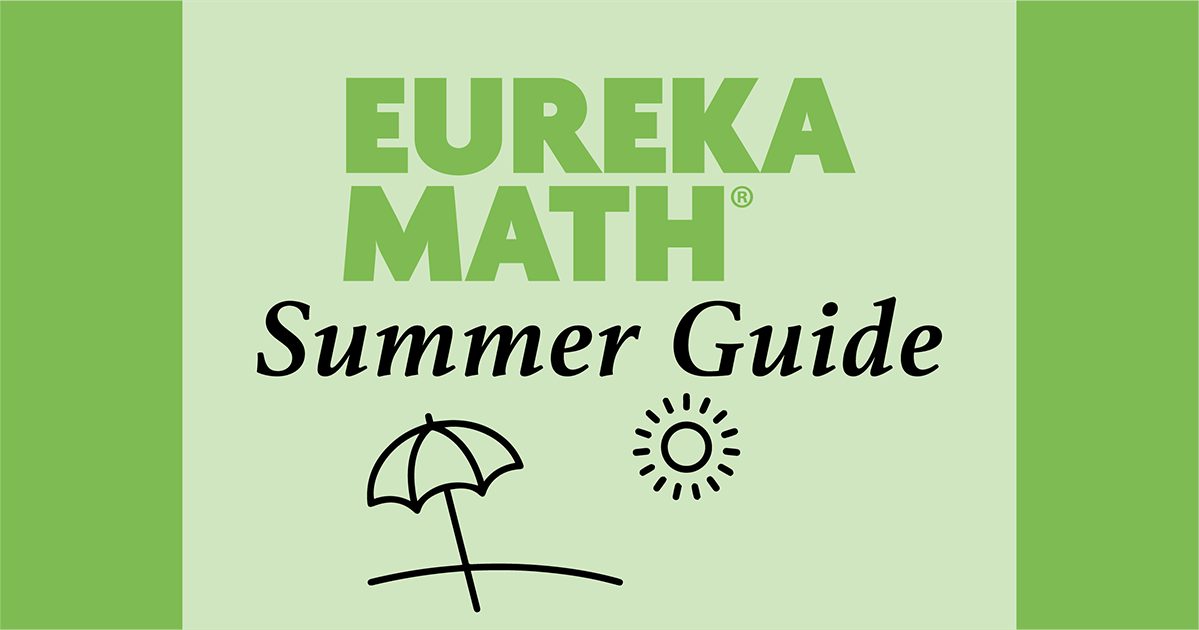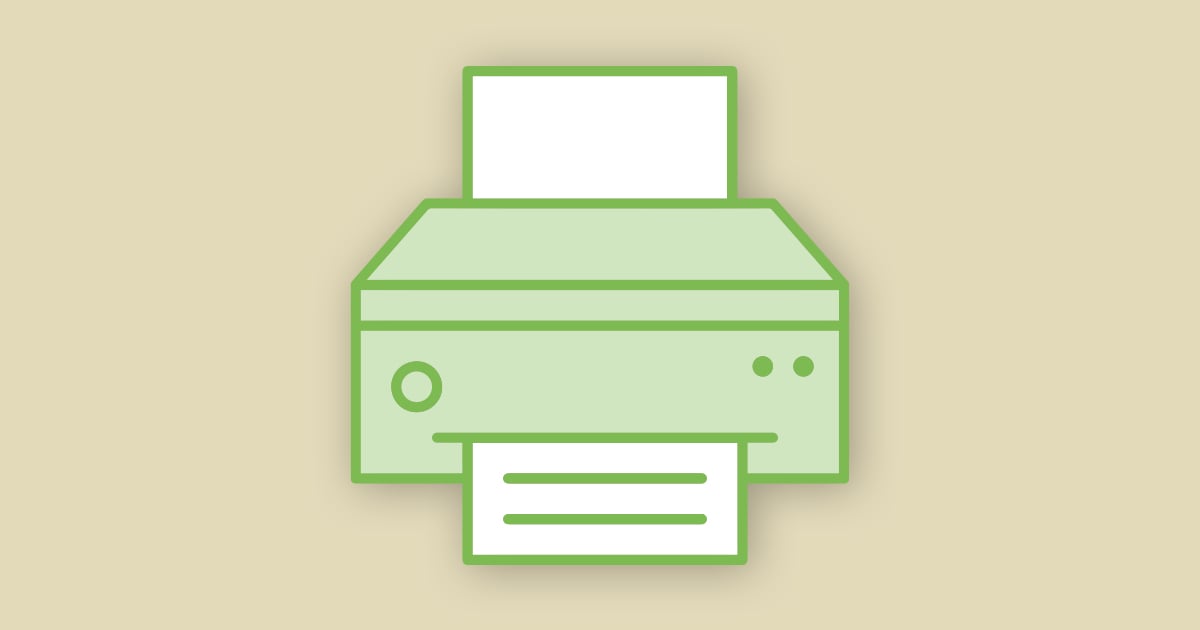Posted in: Aha! Blog > Eureka Math Blog > Back to School > Relax, Unwind, And Reflect: A Summer Guide For Teachers New To Eureka Math
STRATEGIES
Summer is a blissful time when teachers recover from the hectic pace of the school year. It is a time that we reflect on our practice and revise our curriculum. How can we make this time useful and impactful? I choose to focus on 3 components: organizing materials, strategic class scheduling, and honing my practice.
Organizing Materials
Maintaining organization diminishes the stress of time wasted by searching for materials and creates a welcoming environment for our students. Take time over the summer to gather the materials needed for each Module. Begin by reading the Module Overview and then look at the materials list. Ensure that you have the suggested materials or an acceptable substitute. If your school is purchasing the Eureka Math grade level kits then you can dedicate this time to organizing your kit and coming up with a plan for how you will share the materials with your colleagues. After you have gone through each module, I suggest going back to Module 1 (and possibly Module 2) to organize your materials for each lesson so you are ready to go on the first day of school. You can find the materials lists in each lesson below the Fluency Practice titles, in the Application Problem section, and in the Concept Development. Many of the necessary materials can be modified to work with what you already have in the classroom if you are not purchasing a kit. For suggestions on storing and organizing materials, consider the following blog post: K-2 Organizing and Storing Eureka Math Materials. Once you have taught the curriculum for a year, you will have a better understanding as to what materials are essential in successfully implementing the curriculum.
Strategic Class Scheduling
Class schedules need to be strategically planned to maximize instructional time. While reflecting upon your class schedule, consider each lesson component. Do you have time set aside in your schedule to designate 60 minutes (50 minutes for Kindergarten and 25 minutes for Pre-K) of uninterrupted math time? If not, plan that time into your schedule for next year. I like to call those designated time frames non-negotiables. Despite the interruptions during the day, Math, Reading, and Writing must be taught, no matter what. When interruptions occur and shorten time allotted to those non-negotiables, find a time in your schedule to make up that instruction time. The fluency activities are generally flexible and can be shortened or done at a different time throughout the day. If there are 3 fluency lessons for the day, focus on the fluency that would most benefit your students. For example, if one of the fluency lessons is a review of previously learned skills or is in anticipation of a future lesson, those can be done at a different time of day. You can do many of the choral response fluencies quietly in the hallway during a restroom break or while walking to lunch. You can also integrate counting into a warm-up outside at PE. Fluencies that are designated to prepare students for the lesson that day, need to be done before diving into the Concept Development. Inevitably, schedules will be interrupted from time to time, but by intentionally creating time each day to teach Math, Reading, and Writing, we establish habitual practices that will impact our students’ success in a positive way.
Honing our Practice
LiPing Ma, author of Teaching Children Mathematics, tells us, “The textbook is the material on which Chinese teachers spend most of their time and devote most of their efforts to study intensively. They study it constantly throughout the school year when they teach it.” Upon reading this it struck me that if you are not sure where to begin to hone your practice, consider developing the following key skills for teaching the Eureka Math curriculum:
1. A strong signal (for example, say “Listen, think, thumbs up!” Students listen to directions, then think about the answer and give the thumbs up signal when ready.)
2. Happy Counting hands (see G1 M1 L3) or other unfamiliar fluency activities.
3. Teaching tape diagrams (see G1 M4 L19) or other concepts/models
4. Complete the Problem Sets in order for the first and second Modules
As you dive into studying the curriculum, practice delivering a Concept Development or Fluency activity to a colleague. Encourage feedback and then practice delivering the lesson again using that feedback.
During the summer, as you sit by the pool, read a book or catch up on Netflix, set aside time to reflect. What went well, what didn’t, and what will you do next year to make it a better year; not only for yourself, but for your students as well. Focus on organizing materials, setting a schedule, and honing the skills and content you will teach. Once the school year begins, you will be thankful you did!
This post is authored by Eureka Math teacher-writer Shelley Petre.
Submit the Form to Print

Shelley Petre
Topics: Back to School









